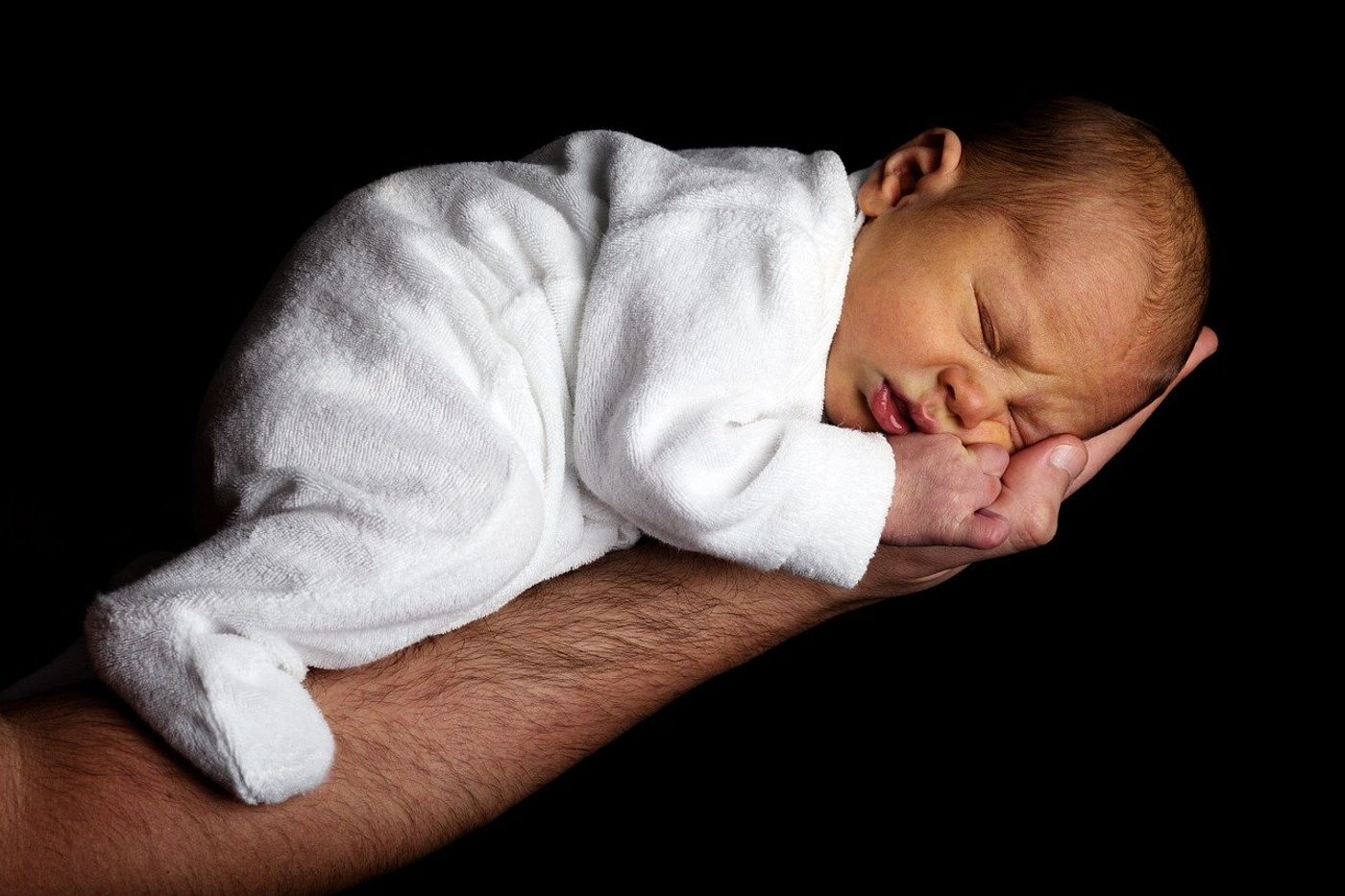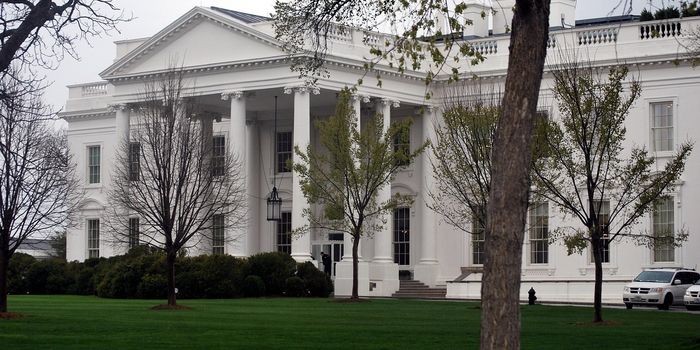Hormone Levels in Infants Linked to Autism
A potential biomarker for autism has been identified in infants: the levels of a hormone called vasopressin found circulating in the cerebrospinal fluid (CSF). Stanford Medicine researchers discovered that vasopressin levels were much lower in babies who were diagnosed with autism later in childhood.
Vasopressin is an antidiuretic hormone that plays a role in maintaining the volume of water in the extracellular fluid, or the fluid space that surrounds cells. This is critical to maintain proper cellular function and is among a myriad of other molecules found in the CSF, a clear, colourless fluid that surrounds the brain and spinal cord.
Karen Parker, associate professor of psychiatry and behavioral sciences, and her research team found that the hormone is also linked to autism. The team’s previous studies brought to light how children and adolescents with the lowest levels of CSF vasopressin and the most severe autism symptoms. Interestingly, administering vasopressin to these individuals resulted in an improvement in their social abilities.
In their latest study, published in PNAS, the researchers tracked vasopressin levels in samples of babies’ CSF that were taken during routine medical checks and stored for research purposes. Out of almost 1,000 samples, the researchers identified 11 infants who were diagnosed with childhood autism. Vasopressin levels correctly predicted which children would develop autism in almost 80 percent of cases.
Autism is a poorly understood brain disorder in which diagnosed children face challenges with social interactions and communication, often displaying restricted and repetitive behaviors. The condition is particularly difficult to diagnose as babies typically do not show any of these behavioral symptoms early in their lives. Researchers believe that this period before symptoms appear could be a critical therapeutic window where behavioral therapies would be most effective as an intervention. In these cases, monitoring biomarkers such as vasopressin would be integral for identifying infants who would benefit most from these therapies.
As Parker explains, “When young children aren’t appropriately processing basic social stimuli early in life, it puts their brains on a different developmental trajectory.”
Next steps for the team involve embarking on a larger study and analyzing CSF samples from children with other neurological disorders.
“If we could intervene when kids still look at faces, smile and respond to their names, that could potentially change the trajectory of the disorder,” said Parker.
Sources: Stanford Medicine, PNAS.









